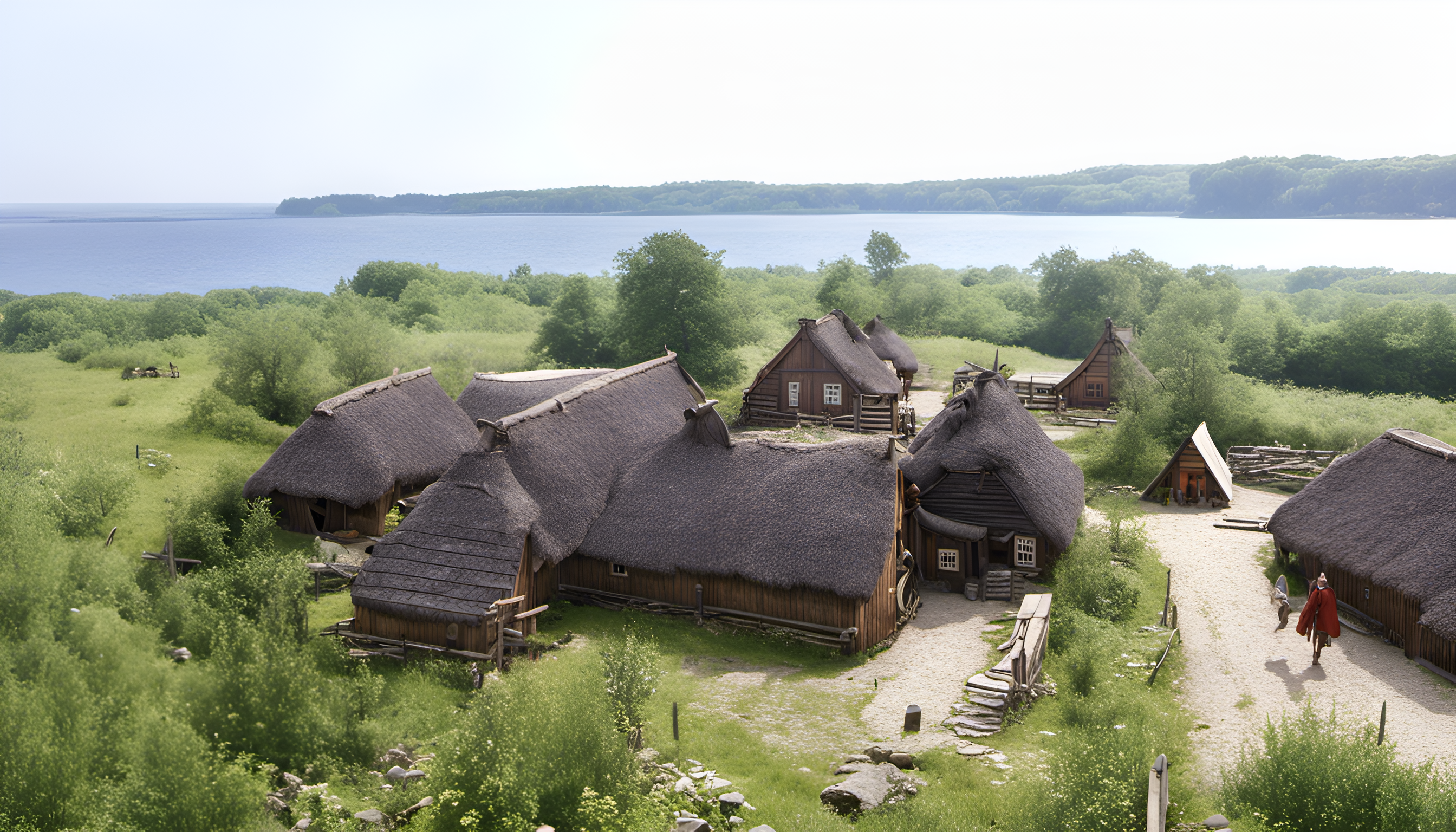Step back in time and traverse the forgotten streets of Hedeby. Once a dynamic hub humming with life, this ancient Viking trading town was the beating heart of commercial activities between the North and Baltic Seas. Let’s set off on a journey, exploring the rise, fall, and the enigmatic secrets this city of antiquity continues to unfold.
Introduction: The Legend and The Reality
When legends take form in the dusty pages of ancient manuscripts or the worn faces of old ruins, they breathe life into our understanding of the past. Such is the story of Hedeby, a name that evokes a plethora of images—Viking longships with dragon-shaped prows slicing through icy waters, bustling markets overflowing with exotic wares, intricate runic inscriptions that defy easy interpretation, and fortifications that once stood as bulwarks against a turbulent world. It is both an evocative legend and a historical enigma, a conundrum layered within the tapestry of Viking history.
Yet, Hedeby was far from being a mere trading outpost or a footnote in the annals of the Viking Age. It was a living, pulsating organism where trade, culture, politics, and mystery converged into a complex landscape. At its zenith, Hedeby was more than a town; it was a microcosm of the Viking world and a melting pot of various cultures. It had its own set of rules, norms, and complexities that were startlingly advanced for its time. It functioned like a modern-day city, complete with regulatory systems, multicultural diversity, and social stratification. But perhaps most tantalizingly, it had its fair share of secrets—secrets that have tantalized historians, archaeologists, and seekers of the arcane for generations.
What made this hub at the crossroads of the Jutland Peninsula tick? And more tantalizingly, what silenced its once vibrant heartbeat? Why did it grow into such a key nexus in the first place, and what brought about its mysterious decline? Was it simply the result of military invasions, or is there more to the story that we have yet to uncover? This article aims to unearth the multifaceted narrative of Hedeby, to lay bare the facts and probe the enigmas that continue to shroud this lost, but not forgotten, jewel of Viking civilization.
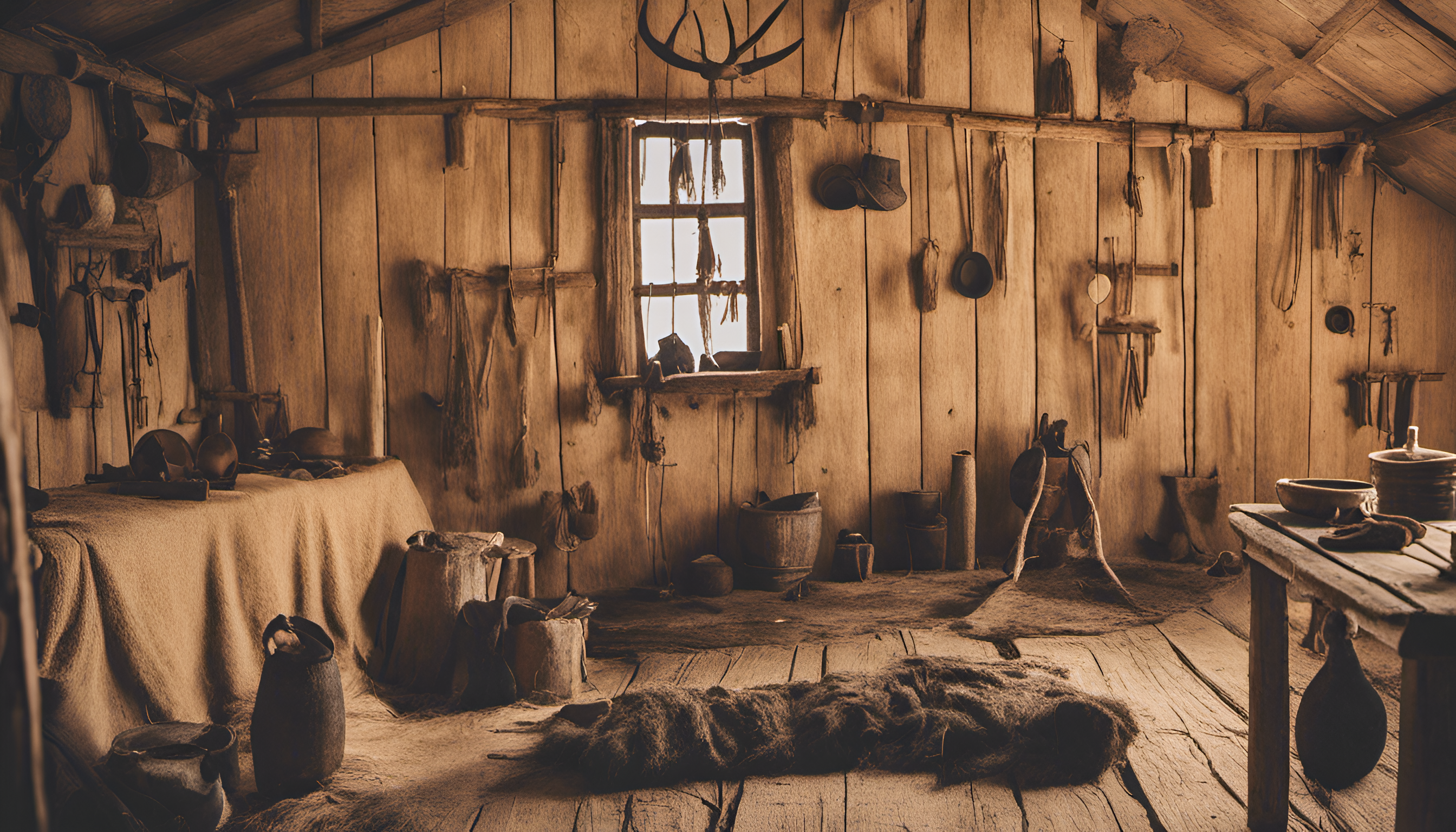
Setting the Stage: Geopolitics and Geography
The existence of Hedeby wasn’t mere happenstance; it was an inevitable outcome shaped by both Viking geopolitics and the natural geography of the region. Perfectly situated at the base of the Jutland Peninsula, this bustling nexus found itself at the maritime crossroads between the North Sea and the Baltic. Given the Viking reputation as seafarers, it’s hardly surprising that this location was of critical strategic importance. It wasn’t just a town; it was a linchpin that connected trade routes and expeditions reaching as far as the icy fjords of Scandinavia to the arid plains of the Middle East.
Moreover, the area offered natural harbors and navigable rivers, turning it into the Viking equivalent of a global port city. Here, ships laden with furs from Russia, spices from the Orient, precious metals from Central Europe, and local crafts converged to create a bustling marketplace. The navigable waterways didn’t just facilitate commerce; they were lifelines for political alliances and, occasionally, military campaigns. It wasn’t uncommon for Hedeby to serve as the launching point for Viking raids or as the gathering spot for multi-tribal summits. However, as much as geography favored Hedeby, it was also a double-edged sword. The very factors that contributed to its rise also made it a tempting target for invading forces, a subject we’ll delve into later.
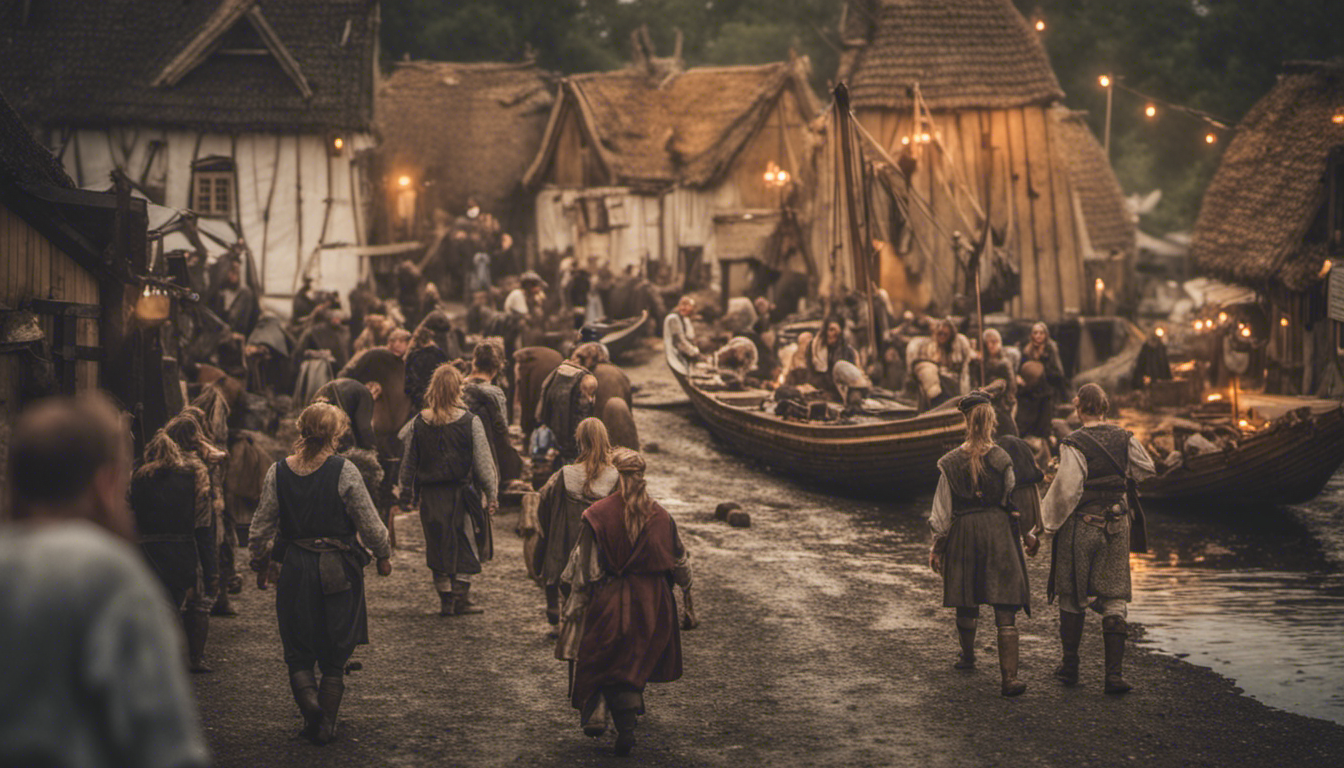
Commerce: The Lifeblood of Hedeby
Commerce was more than mere trade in Hedeby; it was the lifeblood that coursed through its veins, making it one of the most vital cities in the Viking world. Picture a bazaar teeming with life, the air filled with a cacophony of languages, and the scent of exotic spices mingling with the salty tang of the sea. The marketplace wasn’t just a congregation of stalls; it was a complex, regulated ecosystem. From the weights and scales used to measure goods to the varied currencies that changed hands, the Hedeby marketplace operated under an intricate set of rules and standards.
Interestingly, Hedeby was so advanced in its commercial practices that it minted its own coins, an unusual practice for a Viking settlement. Furthermore, its trading influence was not limited to physical goods. Knowledge, craftsmanship, and even religious practices were commodities in their own right, exchanged and disseminated through the interactions that occurred within Hedeby’s bustling confines. Among the artifacts recovered from Hedeby are Arabic silver coins, known as dirhams, providing indisputable evidence of long-distance trade networks.
Cultural Kaleidoscope: More Than a Viking Town
At first glance, you might categorize Hedeby as a quintessentially Viking settlement. However, spend some time wandering its busy streets—albeit imaginatively, since only archaeological remnants remain—and you’d quickly realize that Hedeby was a vibrant tapestry of cultures. Norsemen, yes, but also Frisians, Slavs, Saxons, and traders from even more distant lands. This wasn’t just a Viking stronghold; it was a cosmopolitan center where multiple worlds converged.
The marketplaces and public squares of Hedeby would have been vibrant theaters of human diversity. Here, the guttural intonations of Old Norse would blend with the lilting notes of Middle Low German and the musical cadence of Old Slavonic. Piles of amber from the Baltic might sit beside intricately woven Persian rugs, while a Norse blacksmith might exchange notes with a Saxon leatherworker. In this crucible of human interaction, new ideas, arts, and even religious practices were continuously forged. This was not just a trading post; it was a hub of cultural innovation and a testament to the pluralistic nature of human civilization at its best. One intriguing find is a small statuette believed to be of Slavic origin, further attesting to the cultural diversity of this bustling hub.
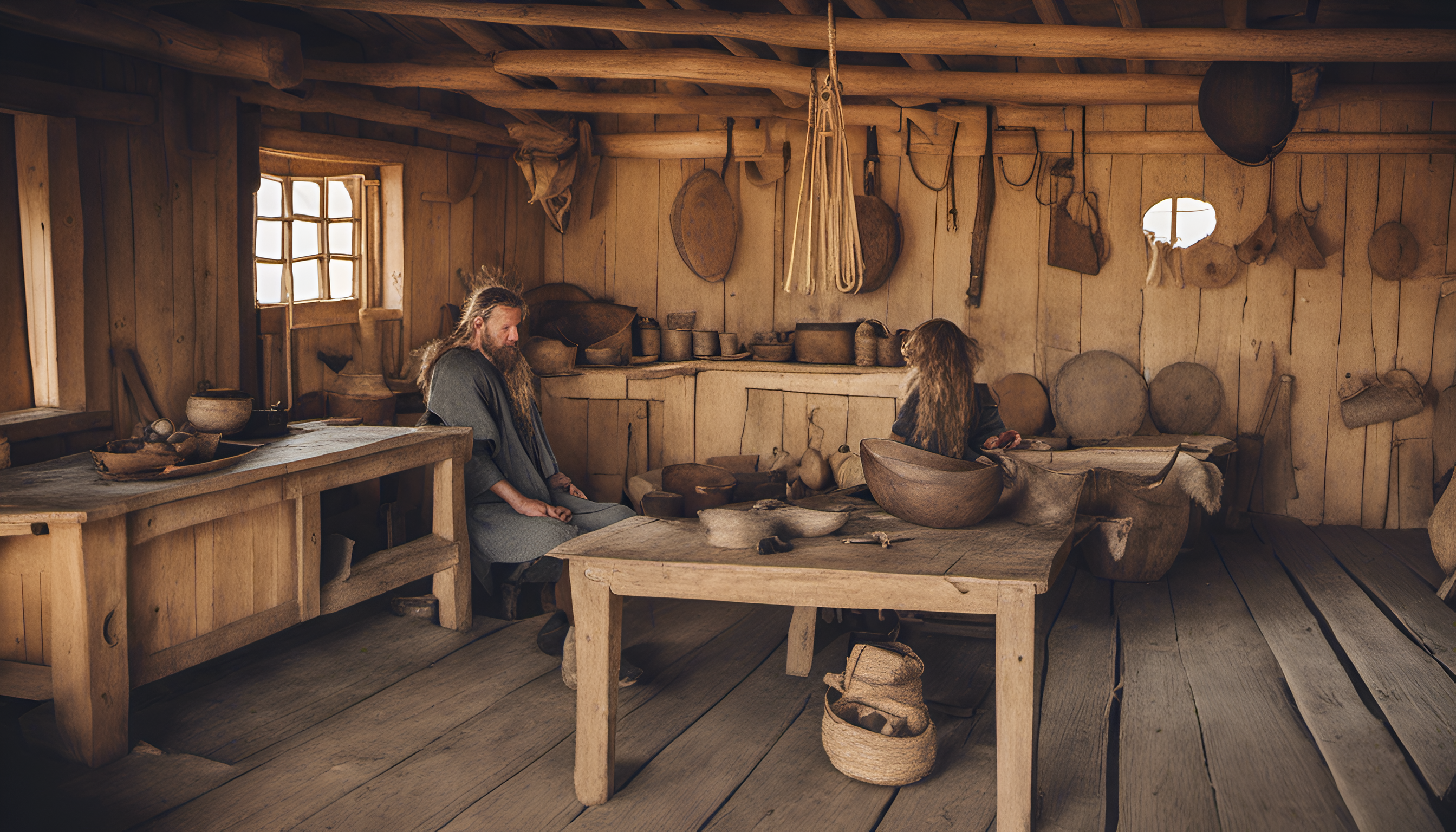
The Architectural Footprint: Between Utility and Aesthetics
Walk through the ‘streets’ of ancient Hedeby, and you’d find an urban layout that combined practical utility with aesthetic sensibilities. The town was protected by a wall, often referred to as the ‘Semi-circular Rampart,’ a defensive earthwork that testified to the Vikings’ understanding of fortification principles. Within these walls, the buildings—ranging from simple homes to communal halls—were organized in a way that maximized both space and functionality. Advanced imaging techniques have revealed an underground layout of what appears to be a marketplace, offering new insights into Hedeby’s urban planning.
Yet, it wasn’t all about utility. The architectural elements also mirrored the town’s rich cultural tapestry. While the staple Viking longhouses dominated the scene, variations in design and construction materials reflected the diverse set of influences that converged in Hedeby. Moreover, religious edifices, likely a blend of Norse pagan temples and Christian chapels, offered glimpses into the town’s complex spiritual life. Artifacts unearthed from these sites—ranging from Thor’s hammers to Christian crosses—illustrate a community at the crossroads of religious paradigms, a topic that lends itself to ongoing scholarly intrigue.
Unsolved Mysteries: The Runes and The Relics
No tale of Hedeby would be complete without venturing into its unsolved mysteries. Despite its well-documented role as a trade center and a multi-cultural hub, Hedeby continues to present historians and archaeologists with more questions than answers. Rune stones featuring cryptic inscriptions have been discovered within and around the town. While some of these runic messages serve as memorials or markers, others are shrouded in ambiguity, their meanings as yet undeciphered.
Adding to the enigma are religious artifacts that don’t neatly fit into the established norms of Viking religion or the Christianity that later found its way into the region. Statuettes depicting unknown gods, talismans with mixed religious symbolism, and relics that defy easy categorization have all been unearthed. These puzzling finds not only deepen the mystery of Hedeby but also challenge our broader understanding of Viking Age religious and cultural practices.
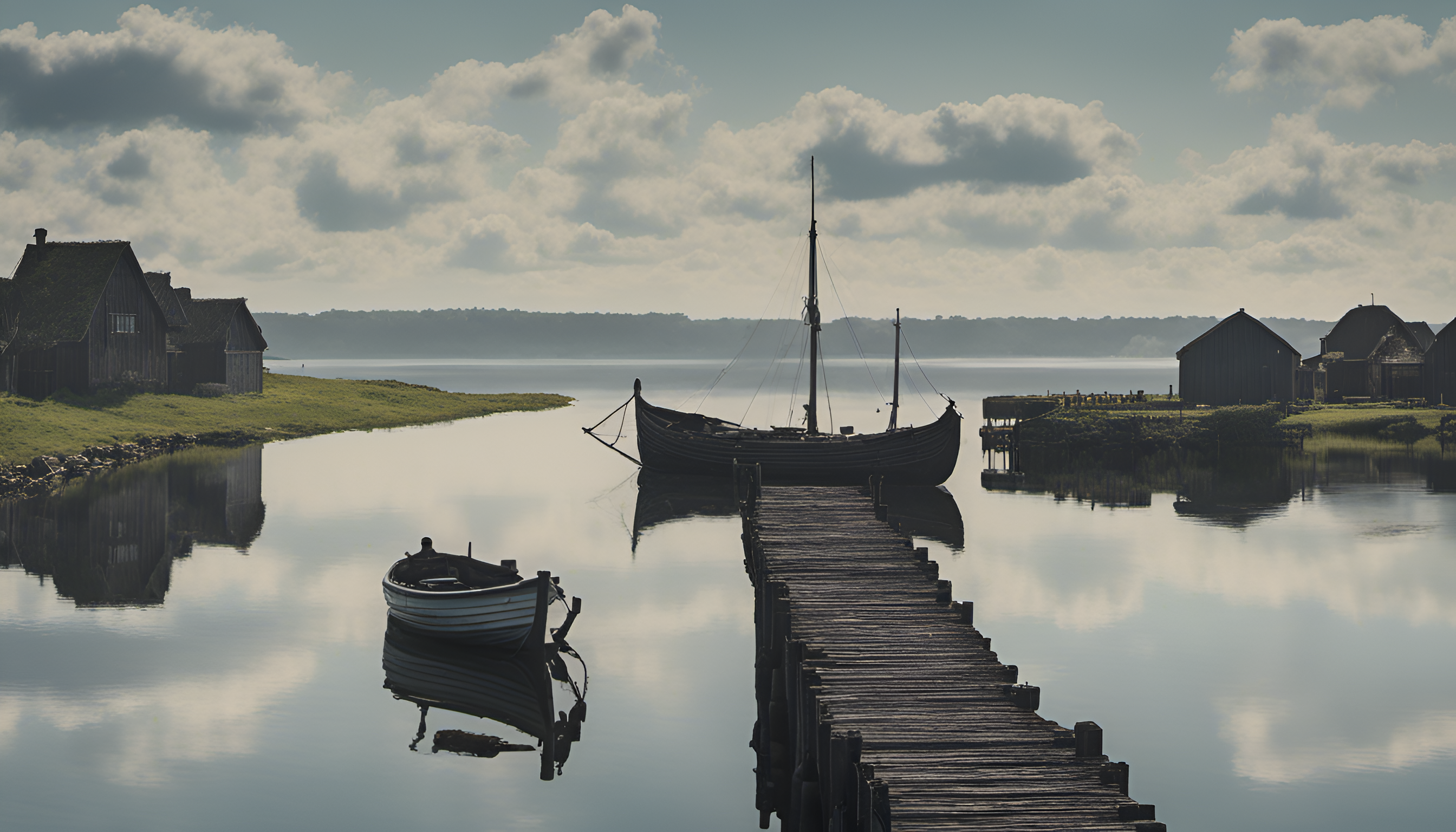
The Fading Luster: Decline and Disappearance
The juggernaut of time spares no one, and Hedeby was no exception. The same geographical advantages that propelled it to prominence also marked it as a prime target for external threats. The settlement found itself repeatedly besieged by both Danish and Slavic forces, while also struggling with internal strife, possibly stoked by its diverse and increasingly complex social landscape. To make matters worse, as medieval Europe transitioned into feudal states with fortified cities, Hedeby’s once-exceptional freedom and fluidity might have turned into vulnerabilities.
It wasn’t a single event but a series of calamities that led to Hedeby’s decline. The town that once stood as a paragon of Viking civilization fell into a spiral of decay, its streets becoming less bustling, its markets less vibrant, and its walls less impregnable. Despite extensive archaeological research, the exact reasons for this decline remain shrouded in mystery. Was it the result of a major military defeat, as some historical records hint? Or did economic and social factors play a more prominent role, as suggested by a decline in minted coins and the emergence of other trading posts? The silence of the ruins only amplifies these unanswered questions.
The Echoing Legacy: Why Hedeby Still Matters
The sun may have set on Hedeby, but its impact reverberates through the ages. For historians, it serves as a case study in the rise and fall of early medieval urban centers. For archaeologists, the unearthed artifacts provide an invaluable window into Viking life and culture. But perhaps most importantly, for all of us, Hedeby stands as a timeless tale of human enterprise, diversity, and adaptability.
Even today, modern investigations continue to unearth surprising finds, with every artifact and document rekindling debates and raising new questions. And as we mine data with modern technology—like ground-penetrating radar and DNA sequencing—previously inscrutable facets of Hedeby come into sharper focus, compelling us to reconsider not just the history of the Vikings, but also the complexities of early medieval Europe.
Epilogue: The Ongoing Narrative
Our journey through the ebbs and flows of Hedeby draws to a close here, not with definitive conclusions, but with an invitation to explore, question, and ponder. As with any tale worth its salt, Hedeby leaves us with more questions than answers, challenges us to dig deeper, and prompts us to think critically about the multifaceted dynamics that shape human civilizations. So, the next time you find yourself captivated by the lore of the Vikings, remember Hedeby, a chapter in history that is far from being fully written.

